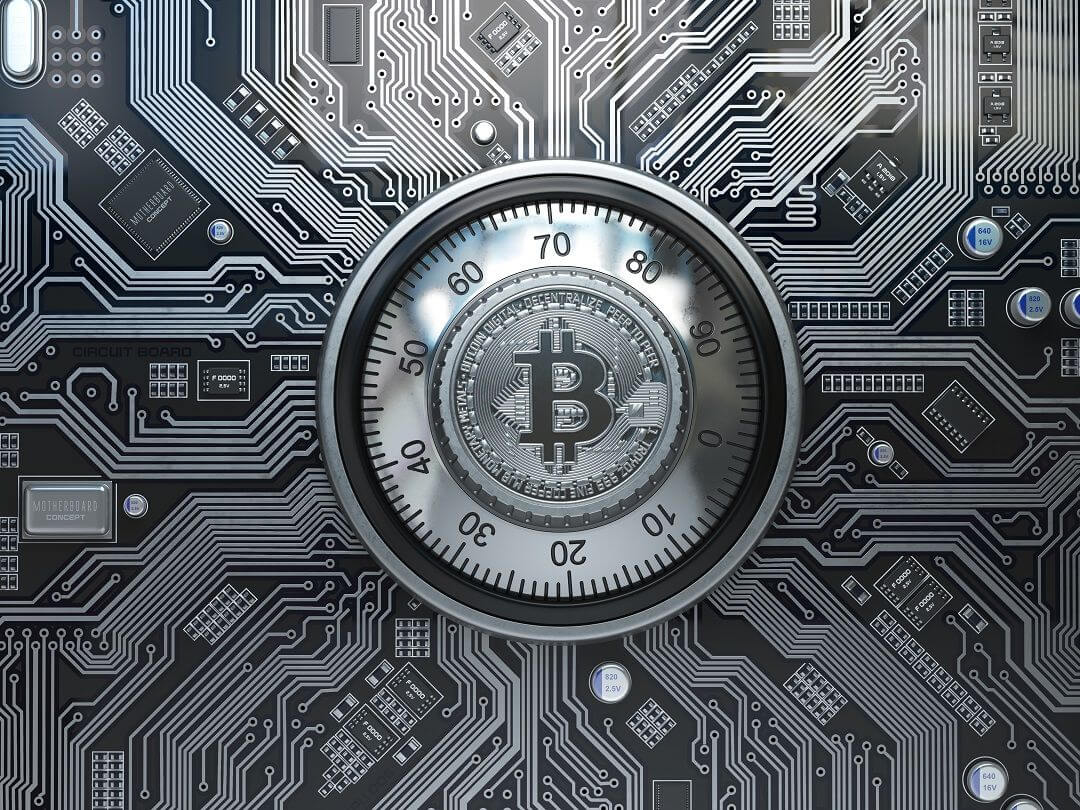
The COVID-19 crisis has paralyzed the economy at a global level, posing difficult scenarios for the future of the main industries. The International Monetary Fund (IMF) expects the world to experience the worst economic recession since the “Great Depression” of 1930. So far, cryptocurrencies have probably been the most resilient financial assets in the face of the situation. Find out which could be the 5 most suitable ‘refuge’ cryptocurrencies to protect your capital against an imminent global recession.
Maker and MCD: the true decentralization of the ‘stablecoins’
The popularity of stable cryptocurrencies has skyrocketed in the past year, with two main players in this arena: Facebook’s Libra project and the e-yuan launched by the Chinese government. This has taken stable digital currencies to the next level and has raised important hypotheses about the possibility of replacing cash in a future that seems increasingly closer.
Stablecoins are digital currencies anchored to the value of a real fiat currency, such as the US dollar or the euro. Other stablecoins also anchor their value to the price of commodities such as gold or oil. However, in order to carry out this model, most of these must be backed by real assets, such as the 1: 1 ratio that many stablecoins have with the dollar. However, this breaks the decentralised nature of cryptocurrencies like Bitcoin.
This is where the Maker (MKR) and MCD (or multi-collateral DAI) philosophy comes into play. The latter maintains a stable value around $ 1 through a dynamic system of collateralised debt positions or CDPs, and other mechanisms. To generate MCDs, ethers (ETH) are deposited in smart contracts that act as CDPs. The system encourages the exchange to maintain the stability of the DAI / MCD.
For its part, the variable part of the equation is the MKR currency, which serves as fuel for the ecosystem and is the only means of paying commissions. MKR does change value over time and provides voting power to its bearers. Altogether, buying Maker or MCD can be a sustainable investment if you want to disassociate yourself from centralized systems such as banking. The following platforms offer both cryptocurrencies:
Bitcoin vs Gold: enemies or allies against the recession?
For many years, the analogy has been made that Bitcoin is the digital version of gold. Both financial assets have a limited supply, are mined and —according to different authors— are “safe havens” in complex economic scenarios. Gold has historically been resilient to tough times and was clearly able to cope with the 2008 recession.
For its part, Bitcoin is precisely a response to the recession that started with the fall of Lehman Brothers in 2008 and now faces its first test as an active refuge. Despite the volatility of the coronavirus, the price of Bitcoin rebounded as the 2020 halving event approached, which occurred just 10 days ago. In relation to its annual opening price, Bitcoin has accumulated profits of more than 26% so far this year, a milestone considering the vicissitudes with which the main global markets have encountered.
Similarly, gold consolidates a clear bullish trend that catapults the profit percentage in 2020 above 14%. Thus, both assets appear to have aroused the interest of those seeking to protect their savings or place their investment capital in more robust instruments. Bitcoin vs. gold? In reality, both have proven to be attractive options to face the recession:
Ethereum could surprise in 2020
The undisputed leader in smart contracts and decentralized development anticipates structural changes to its consensus mechanism this year. Since its inception, the cryptocurrency has shared responsibility between PoW and PoS mechanisms as the system’s backbone protocols.
The new version of ether, known as Ethereum 2.0, will implement code changes that will incorporate a new Proof of Stake consensus for Ethereum, something that will happen gradually through a programmatic migration protocol called ProgPoW.
But why might this release change the outlook for Ethereum? This upgrade would solve multiple scalability problems in the ETH network and change it to a more sustainable model, promoting a project that is already widely adopted. Recently, founder Vitalik Buterin raised the possibility that the release of ETH 2.0 will occur in July, according to Coindesk.
Several experts agree that this launch will be positive for the price of Ethereum and for its consolidation in the industry. Osho Jha said that staking will make ETH “a reserve of functional value.” Meanwhile, others predict that the update could lead to a bullish rally.
Ripple: the perfect component for money tokenization?
Despite its poor performance in the last 2 years, the XRP could be one of the main actors in the revolution of the digitization of monetary systems in the world. The ‘tokenization’ and migration of cash towards digital solutions seems to be imminent. An investigation by Deutsche Bank admitted that, by 2030, digital currencies could have replaced cash.
The solutions offered by xRapid allow the integration of current banking systems with the digital world, notably speeding up and making transactions —especially cross-border transactions— more affordable. Success will depend on how Ripple Labs, the company behind the 3rd largest cryptocurrency by market capitalization, moves. Meanwhile, the XRP is trading around 20 cents in a very long period of consolidation at its lowest prices and continues to await a breakout.

